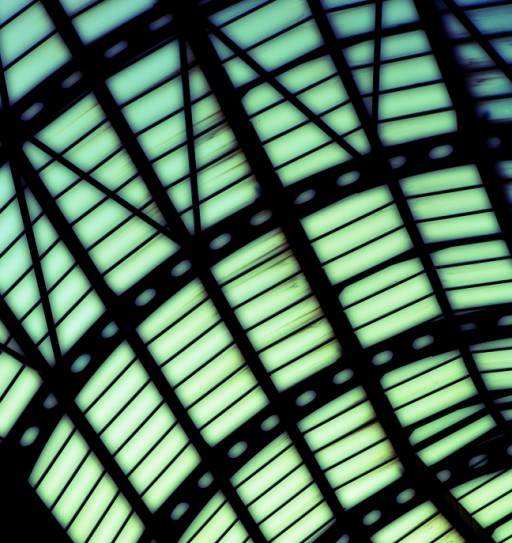|
By Nanomarkets

BIPV and the Commoditization Problem
Solar panels are not complex appliances or machines. The primary non-price concerns that the end user has with panels is with their longevity and efficiency. Both of these factors are largely determined by the core materials used, and these materials are freely available to all PV cell and panel makers. Manufacturers can alter performance parameters through their choice of manufacturing platform, but in the end user market there is no easy way for a panel maker to differentiate itself by advertising, for example, that its panels are half of one percent more efficient than its closest rival’s.
While a strong branding program can help here, BIPV also offers a way forward. BIPV products that combine the properties and functions of conventional building materials with those of PV modules potentially create a whole universe of new PV product possibilities including solar shingles, and solar cladding. Such products coupled with the future possibilities of windows and curtains that are also PV panels suggest roadmaps for PV products that are a lot more diverse than roadmaps for grid-connected PV of a year or so back.
In these earlier roadmaps, future products were largely categorized by longer lifetimes and higher efficiencies. By contrast, BIPV suggests entirely new products that can be pushed into the supply chain as well as establish a brand image. This supply chain may also become more nuanced. For example, manufacturing firms may supply the completed integrated BIPV product; shingles or metal roofing sheets with embedded PV laminates, for example. Or they may simply supply the PV laminates themselves, to be adhesively bonded to conventional building materials, by some other firm closer in the supply chain to the customer. This second firm might be an established building products firm, or it might even be the general contractor since adhesive-backed flexible PV laminates can be adhered to any number of conventional building material products, even on a construction site.
BIPV and Building Aesthetics
The aesthetics of renewable energy infrastructure becomes more of an issue as renewables become more common. Early adopters of PV have been PV-technology enthusiasts or those seeking to make a political statement. They have not typically been those concerned with aesthetics. In the future, the appearance of a building that uses PV will become more important to the PV industry as more typical building owners enter into the market. And here, the inconvenient truth is that a PV panel is not a thing of beauty.
This is an architectural problem for PV, but one with which BIPV can help. BIPV yields the benefits of improved appearance and architecture since the PV system is visibly and structurally integrated into the building surfaces and materials, rather than being mounted on racks that do not blend well with the building structure.
BIPV can, therefore, reposition PV for consumers from a technology that makes political statements to one that makes architectural statements. We believe that there are a lot more consumers who would rather do the latter than the former. In addition, BIPV is well-suited to be incorporated into upscale homes as a selling feature, much in the way that fiber-to-the-home communications did in its early days, where this was promoted as a plus by realtors selling homes in expensive developments.
Policy, Costs and BIPV
In almost every geography, the use of PV makes economic sense only because of government subsidies; tax credits especially.
The question, therefore, arises as to how long governments will continue to offer such subsidies. Here, the hard facts of the matter are that all governments are currently looking for ways to cut deficits and in most cases, the subsidies were promised only as a way to give solar a leg up and help with early market penetration. They were not supposedly intended to go on forever. In
Germany, where PV has achieved an enviable market share, already there is impatience with the system of subsidies, which may well be revised down in the not-too-distant future.
How can BIPV help here? On the face of it, the answer to that question is “not much.” Today’s BIPV products are quite expensive. Ironically, the high pricing of BIPV is currently driven by its market positioning as a very high-end building technology. However, in the long run, BIPV could help with costs, because, as with most examples of integrated engineering, when two or more functions are integrated, they cost less than the functions bought separately. In addition, BIPV is a relatively new technology that has a long way to come down its own cost curve. BIPV is not a panacea for all of the worries of the PV industry, now or in the future. However, while times have been better, some of the factors that are most worrisome to the PV industry at the present time, may turn out to be good to those manufacturing BIPV products.
This article is based in part on research from ‘Building-Integrated Photovoltaics Markets 2009 and Beyond’ of Nanomarkets (http://www.nanomarkets.net/).
For more information, please send your e-mails to .
ⓒ interpv.net All rights reserved
|


